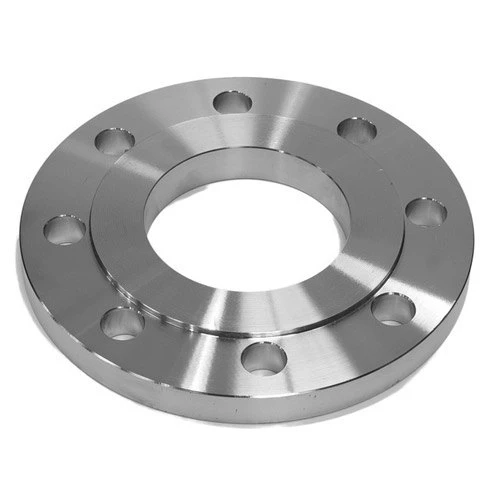What Are Raised Face Flanges?
Flanges play a crucial role in various industrial applications, providing a means to connect pipes, valves, and other components in a secure and leak-free manner. Among the various types of flanges available, raised face flanges are widely used for their reliability, sealing capabilities, and versatility. In this article, we will delve into the world of raised face flanges, exploring their applications, advantages, and installation processes.
Raised face flanges, also known as RF flanges, are a type of pipe flange characterized by a raised, flat surface on the sealing face. This raised portion ensures that when the flange is bolted to another flange or component, there is a tight and effective seal. The raised face on the flange acts as a gasket seating surface, providing a critical sealing point for preventing leakage in pipelines and pressure vessels.
Applications of Raised Face Flanges
ASME B16.5 Raised face flanges find widespread use in various industries due to their superior sealing capabilities and adaptability to different operating conditions. Some common applications include:
Oil and Gas Industry: Raised face flanges are extensively used in oil and gas pipelines, refineries, and petrochemical plants to connect pipes, valves, and equipment. They help maintain the integrity of the system by preventing leaks and ensuring safe operations.Chemical Industry: Chemical processing facilities rely on raised face flanges to connect pipes carrying corrosive chemicals. The tight seal provided by these flanges helps prevent hazardous leaks and chemical spills.Power Generation: In power plants, raised face flanges are used to connect steam and water pipes, ensuring the efficient transfer of energy and maintaining system integrity.Water Treatment: Municipal water treatment facilities use raised face flanges to connect various components, such as pumps, valves, and filtration systems, to ensure clean and safe drinking water.HVAC Systems: Heating, ventilation, and air conditioning systems benefit from raised face flanges, as they provide reliable sealing for ductwork and piping, maintaining indoor air quality.Advantages of Raised Face Flanges
Raised face flanges offer several advantages that make them a preferred choice in many industries:
Reliable Sealing: The raised face design ensures a tight and secure seal, minimizing the risk of leaks and reducing maintenance requirements.Versatility: These flanges are compatible with a wide range of pipe materials, including stainless steel, carbon steel, and various alloys, making them suitable for diverse applications.Pressure Resistance: Raised face flanges are designed to withstand high-pressure environments, making them ideal for critical applications where pressure integrity is essential.Temperature Tolerance: They can handle extreme temperature variations, making them suitable for both cryogenic and high-temperature applications.Easy Installation: Raised face flanges are relatively easy to install, thanks to their flat sealing surface and standardized bolt patterns.Installation of Raised Face Flanges
Proper installation of raised face flanges is essential to ensure a leak-free and reliable connection. Here are the basic steps involved in their installation:
Prepare the Flange Faces: Ensure that the flange faces are clean, free from debris, and properly aligned.Select the Gasket: Choose an appropriate gasket material based on the specific application, considering factors such as temperature, pressure, and fluid compatibility.Position the Gasket: Place the gasket on the raised face of one flange, ensuring that it aligns with the bolt holes.Align the Flanges: Carefully align the flanges, making sure that the bolt holes are perfectly matched.Insert Bolts and Nuts: Insert bolts through the aligned holes and secure them with nuts. Tighten the nuts evenly in a crisscross pattern to ensure uniform pressure on the gasket.Torque the Bolts: Use a torque wrench to tighten the bolts to the recommended torque values specified for your application. This step is crucial to achieving a proper seal.Inspect the Seal: After installation, inspect the flange connection for any signs of leakage. If leaks are detected, re-tighten the bolts as needed.Conclusion:
ASME B16.5 Raised face flanges are an indispensable component in various industrial applications where reliable sealing and pressure integrity are essential. Their advantages, including reliable sealing, versatility, and resistance to pressure and temperature extremes, make them a preferred choice in industries ranging from oil and gas to chemical processing. Proper installation and maintenance of raised face flanges are crucial to ensure their effectiveness in preventing leaks and ensuring the safe and efficient operation of industrial systems.


